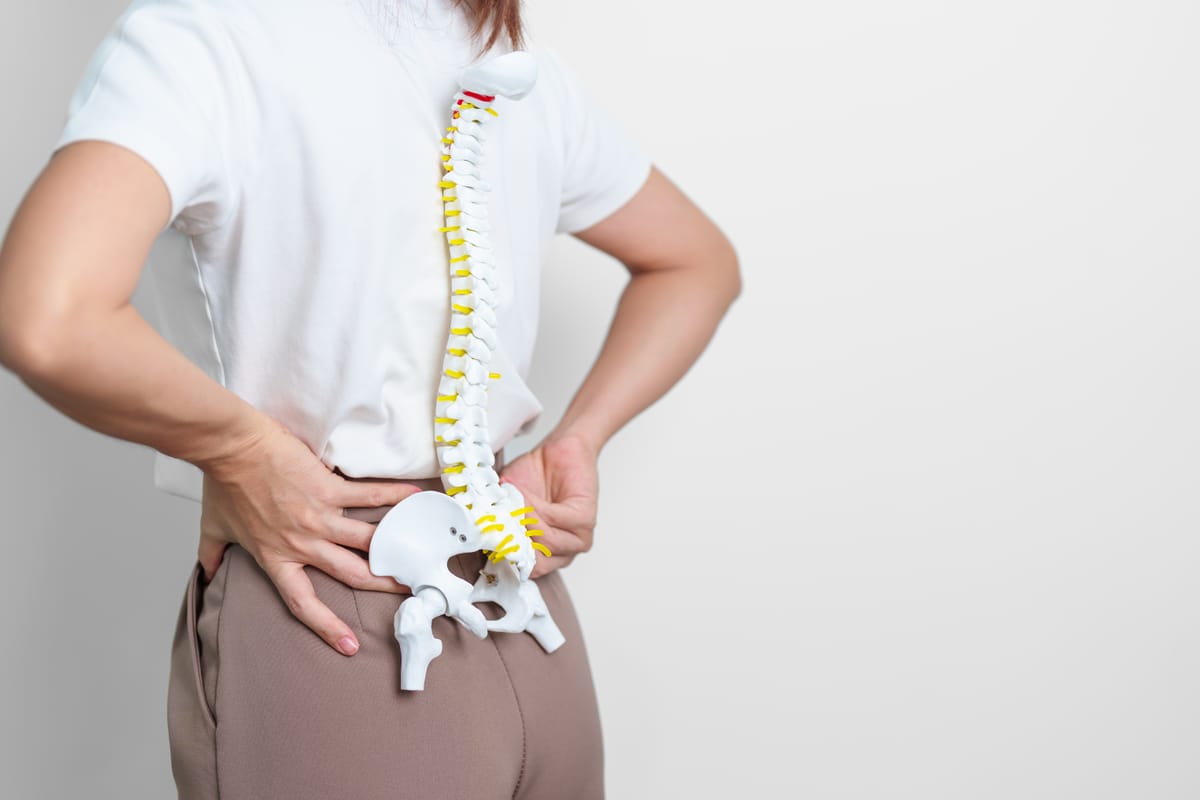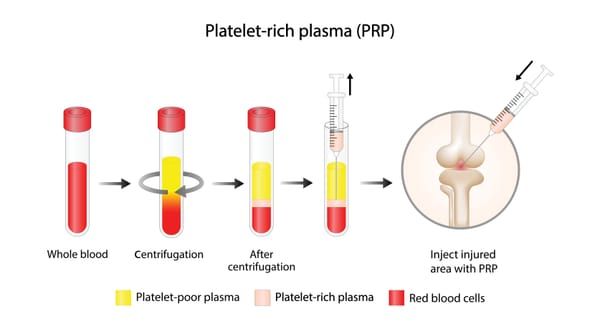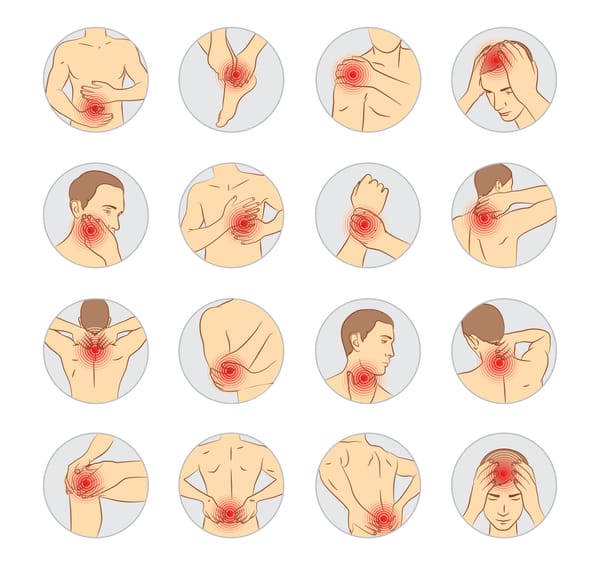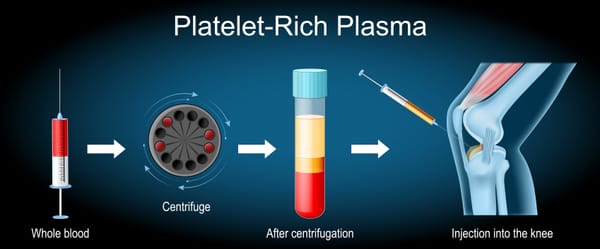Sacral Insufficiency Fractures: Understanding the Hidden Cause of Pelvic Pain in Osteoporosis

Sacral insufficiency fractures are a lesser-known but significant complication of osteoporosis, causing debilitating pelvic or lower back pain that can severely limit mobility and quality of life. These fractures occur when weakened bones in the sacrum—the triangular bone at the base of the spine—crack under normal daily stresses, often without significant trauma. Understanding sacral insufficiency fractures is crucial for early diagnosis and effective management, especially for those at risk of osteoporosis. In this blog post, we’ll explore what sacral insufficiency fractures are, their causes, symptoms, diagnosis, and treatment options, all explained clearly for a general audience.
What Are Sacral Insufficiency Fractures?
The sacrum, located between the lumbar spine and the pelvis, connects the spine to the pelvic bones via the sacroiliac joints, supporting the body’s weight during movement. Sacral insufficiency fractures are stress fractures in the sacrum that occur when osteoporotic or weakened bones cannot withstand routine forces, such as walking, sitting, or standing. Unlike traumatic fractures from high-impact injuries, these fractures develop under minimal stress due to reduced bone density.
Sacral insufficiency fractures are strongly associated with osteoporosis, a condition where bones become porous and brittle due to significant bone mineral density (BMD) loss. They are most common in older adults, particularly postmenopausal women, affecting 1-5% of osteoporosis patients, per a 2020 study in Osteoporosis International. These fractures are often underdiagnosed because their symptoms mimic other conditions, like lower back or sacroiliac joint pain.
Causes of Sacral Insufficiency Fractures
Sacral insufficiency fractures result from the combination of weakened bones and normal mechanical stress. Key causes include:
- Osteoporosis: The primary driver, where reduced BMD makes the sacrum fragile. Postmenopausal women are at higher risk due to estrogen decline, which accelerates bone loss.
- Osteopenia: A milder form of bone loss that can still predispose to insufficiency fractures.
- Other Bone-Weakening Conditions:
- Long-term corticosteroid use (e.g., for arthritis or autoimmune diseases).
- Rheumatoid arthritis, hyperthyroidism, or malabsorption disorders (e.g., celiac disease).
- Radiation therapy to the pelvis, which can weaken sacral bone.
- Mechanical Stress: Everyday activities like walking, climbing stairs, or even sitting can trigger fractures in weakened bones.
- Risk Factors:
- Age (over 65).
- Female gender (women are 2-3 times more likely to develop osteoporosis).
- Low body weight or small frame.
- Sedentary lifestyle, smoking, or excessive alcohol use.
- Prior fractures or family history of osteoporosis.
A 2021 study in Journal of Bone and Mineral Research noted that sacral insufficiency fractures are particularly common in older women with a history of vertebral fractures, highlighting the role of systemic bone fragility.
Symptoms of Sacral Insufficiency Fractures
Sacral insufficiency fractures can be subtle, often mistaken for other conditions, and may go unnoticed until pain becomes significant. Common symptoms include:
- Pelvic or Lower Back Pain: Aching, sharp, or diffuse pain in the lower back, buttocks, or pelvis, often worse with weight-bearing activities like standing or walking.
- Groin or Hip Pain: Discomfort may radiate to the groin or upper thighs, mimicking hip or sacroiliac joint issues.
- Reduced Mobility: Difficulty walking, climbing stairs, or transitioning from sitting to standing due to pain.
- Tenderness: Pain when pressing on the sacrum or pelvis.
- No Clear Trauma: Pain develops without a significant fall or injury, distinguishing insufficiency fractures from traumatic ones.
Symptoms may worsen gradually and can be mistaken for sciatica, lumbar arthritis, or sacroiliac joint dysfunction. In severe cases, multiple fractures or associated pelvic fractures may cause significant disability.
Diagnosing Sacral Insufficiency Fractures
Diagnosing sacral insufficiency fractures is challenging due to their subtle presentation and overlap with other conditions. A comprehensive evaluation is essential:
- Medical History: Discussing pain onset, location, and triggers (e.g., walking vs. resting), along with risk factors like osteoporosis, steroid use, or prior fractures.
- Physical Exam: Checking for tenderness over the sacrum, reduced mobility, or balance issues. Tests like the sacral compression test may provoke pain.
- Imaging:
- X-rays: Often the first step, but early fractures may be invisible. X-rays can detect sacral deformities or associated fractures.
- MRI: The gold standard for visualizing sacral insufficiency fractures, showing bone edema or fracture lines with 95% accuracy, per a 2020 study in Skeletal Radiology.
- CT Scan: Used if MRI is unavailable, to confirm fracture lines or assess bone structure.
- Bone Scan: Detects increased bone activity in fractures, useful when MRI or CT is inconclusive.
- Bone Density Testing (DEXA Scan): Measures BMD to confirm osteoporosis or osteopenia, with a T-score:
- Osteopenia: -1.0 to -2.5.
- Osteoporosis: -2.5 or lower.
- Severe Osteoporosis: -2.5 or lower with fractures.
- Blood Tests: To rule out secondary causes of bone loss, such as low vitamin D, hyperthyroidism, or elevated bone turnover markers (e.g., C-telopeptide).
A 2021 study in Pain Physician emphasized that MRI combined with DEXA scans improves diagnostic accuracy for sacral insufficiency fractures, especially in older adults with unexplained pelvic pain.
Treatment Options for Sacral Insufficiency Fractures
Treatment focuses on relieving pain, promoting fracture healing, and addressing underlying osteoporosis to prevent future fractures. A multidisciplinary approach is key.
1. Managing Sacral Insufficiency Fractures
- Pain Relief:
- Medications: NSAIDs (e.g., ibuprofen), acetaminophen, or short-term opioids for severe pain.
- Rest: Limited weight-bearing (e.g., using a walker or crutches) for 4-8 weeks to allow healing.
- Bracing: A pelvic or sacroiliac belt to stabilize the pelvis and reduce pain during movement.
- Physical Therapy: Gentle exercises to maintain mobility and strength after initial healing, focusing on balance to prevent falls.
- Interventional Procedures:
- Sacroplasty: Minimally invasive injection of bone cement into the sacrum to stabilize fractures and relieve pain. A 2020 study in Journal of NeuroInterventional Surgery found 70-80% pain relief in patients within weeks.
- Nerve Blocks: Fluoroscopy-guided injections to reduce pain temporarily.
- Surgery: Rarely needed, but internal fixation may be considered for severe, unstable fractures.
2. Treating Underlying Osteoporosis
- Medications:
- Bisphosphonates (e.g., alendronate): Slow bone loss and reduce fracture risk by 30-50%, per a 2020 study in Journal of Bone and Mineral Research.
- Parathyroid Analogues (e.g., teriparatide): Stimulate bone formation for severe osteoporosis.
- Denosumab: Inhibits bone resorption, effective for high-risk patients.
- Romosozumab: Boosts bone formation and reduces resorption, ideal for severe cases.
- Lifestyle Changes:
- Diet: 1,000-1,200 mg calcium and 800-1,000 IU vitamin D daily.
- Exercise: Weight-bearing (e.g., walking) and resistance exercises to strengthen bones.
- Smoking Cessation and Moderation: Avoiding smoking and limiting alcohol to support bone health.
- Fall Prevention: Home safety modifications (e.g., removing rugs), balance training, or assistive devices like canes.
3. Monitoring and Follow-Up
- Regular DEXA scans (every 1-2 years) to track BMD changes.
- Blood tests to monitor calcium, vitamin D, and treatment side effects.
- Ongoing fracture risk assessment using tools like FRAX.
Living with Sacral Insufficiency Fractures
Sacral insufficiency fractures can be painful and limiting, affecting mobility and independence. Keep a record of pain, mobility issues, or falls, and share details with your healthcare team to guide treatment. Support groups, through organizations like the National Osteoporosis Foundation (nof.org) or online platforms like Reddit, offer a space to connect with others and share coping strategies.
Emotional support is vital, as pain and fear of fractures can lead to anxiety or reduced activity. Lean on counselors, family, or friends for encouragement. Practical steps, like using a walker, installing grab bars, or practicing balance exercises, can reduce fracture risk and improve confidence.
Why Awareness Matters
Sacral insufficiency fractures are often underdiagnosed, mistaken for lower back pain or sacroiliac dysfunction, delaying treatment. Osteoporosis affects over 200 million people worldwide, and sacral fractures contribute significantly to disability in older adults, per a 2020 review in Osteoporosis International. Raising awareness about these fractures and their link to osteoporosis ensures timely diagnosis and intervention, preventing further complications.
If you’re experiencing unexplained pelvic or lower back pain, especially if over 65 or with osteoporosis risk factors, consult a spine specialist, primary care doctor, or rheumatologist about bone health screening. Resources like the National Osteoporosis Foundation (nof.org) or the International Osteoporosis Foundation (iofbonehealth.org) offer valuable information and support.
By understanding sacral insufficiency fractures, we can empower individuals to protect their bones and maintain mobility. Let’s keep the conversation going—no one should face this pain alone.
Disclaimer: This blog post is for informational purposes only and not a substitute for professional medical advice. Consult a healthcare provider for diagnosis and treatment of sacral insufficiency fractures or osteoporosis.



